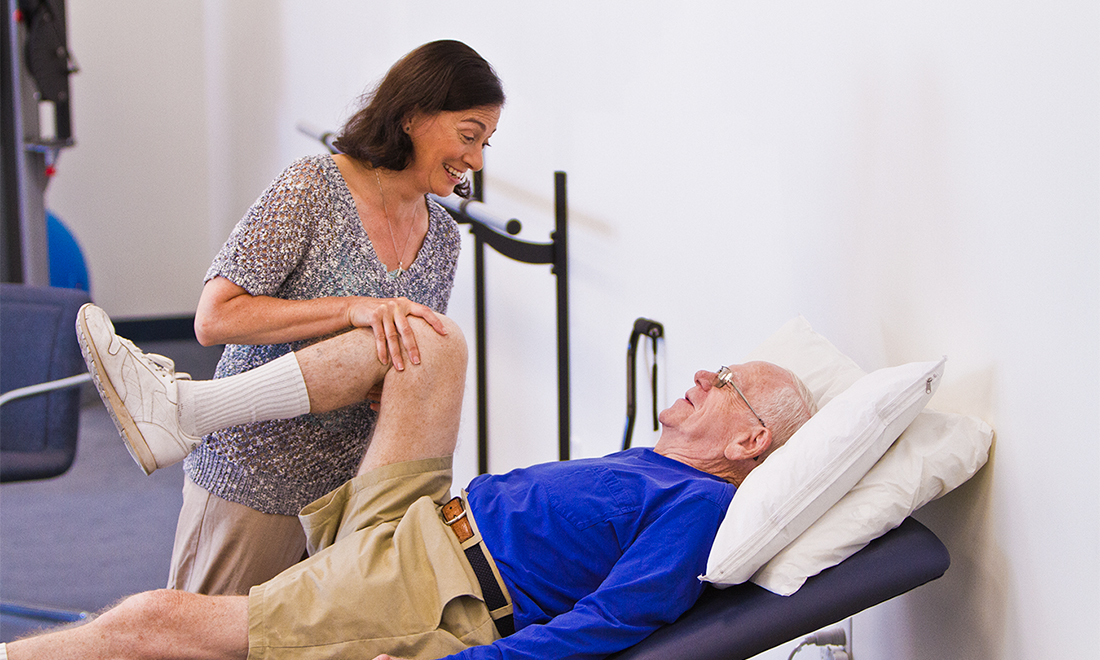Equilibrium and steadiness are essential components of physical wellness and general health. They play a vital role in everyday tasks, athletic capability, and injury prevention. When an individual has good balance and stability, they are not as prone to fall or incur damages during bodily exercises. One efficient way to evaluate these attributes is through Practical Movement Screening (FMS). FMS is a tool used to evaluate motion styles and identify imbalances or weaknesses that could result to harm.
Practical Motion Assessment includes a sequence of particular tests that assess how effectively a individual moves. The tests concentrate on basic actions such as squat, lunge, and flexing. By watching these actions, trainers and healthcare experts can determine areas where an individual may struggle. For example, if someone has trouble keeping equilibrium while executing a squatting, it may suggest a need for specific workouts to improve strength and control. This evaluation not only detects deficiencies but also helps to monitor advancement over a period.

In addition to this to identifying areas for enhancement, FMS serves a crucial part in avoiding harm. Many injuries occur as a result of poor movement patterns, which can be identified through practical evaluations. By addressing these problems early on, people can lower their likelihood of injury during athletic or other bodily exercises. For example, a link runner who demonstrates an discrepancy in their stride may be more prone to knee harm. By adjusting these discrepancies through targeted training programs, the likelihood of harm can be significantly decreased.
Additionally, improving capability is another benefit of conducting a comprehensive evaluation of equilibrium and stability. Athletes and engaged persons often aim to improve their capability in specific sports or exercises. A comprehensive understanding of their movement styles allows trainers to create personalized training regimens that target particular deficiencies. By improving balance and steadiness, sportspeople can improve their overall capability, whether it’s running more quickly, leaping higher, or executing precise actions in their activity.
In conclusion, the importance of evaluating equilibrium and stability through Functional Movement Assessment cannot be exaggerated. This thorough evaluation serves as a foundation for improving bodily wellness, preventing harm, and improving athletic performance. By recognizing areas of deficiency and implementing targeted training approaches, people can achieve better use this link outcomes in their bodily activities. Emphasizing equilibrium and steadiness not only leads to better performance but also adds to a more wholesome, more energetic lifestyle.